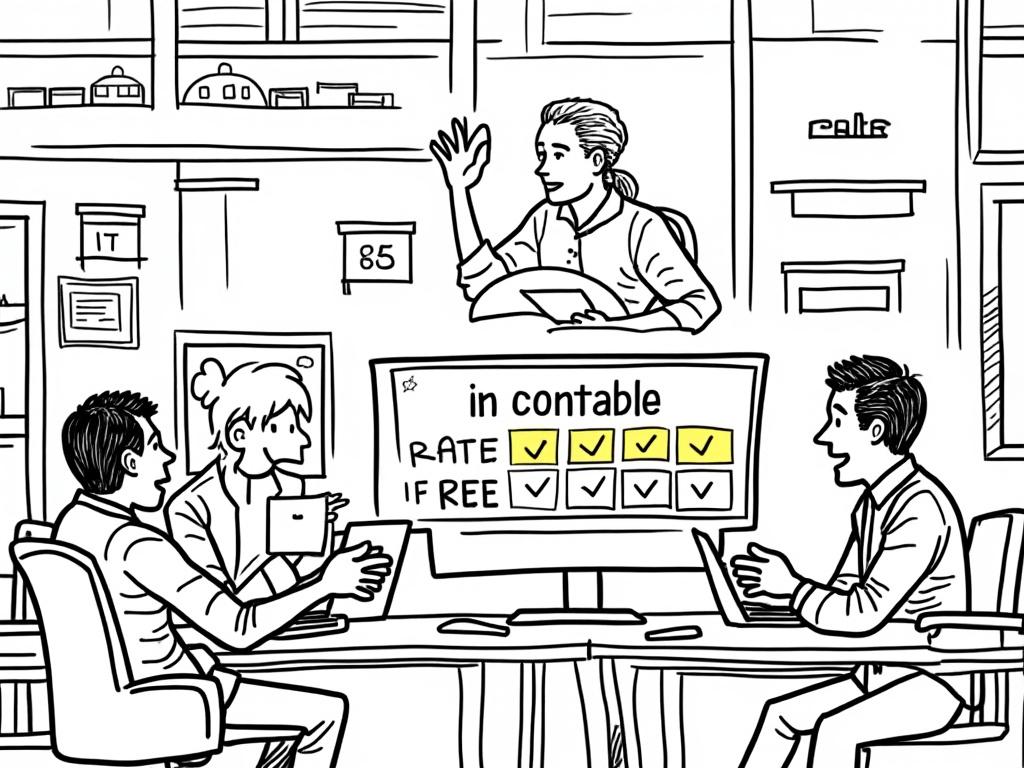
Investing in Foreclosures and Distressed Properties: A Strategic Wealth-Building Guide
Reading time: 12 minutes
Ever wondered how real estate moguls built their empires while others struggled? The secret often lies in their willingness to venture into the distressed property market. Let’s uncover the strategies that separate successful foreclosure investors from those who miss golden opportunities.
Table of Contents
- Understanding the Foreclosure Landscape
- Strategic Investment Approaches
- Financial Analysis and Due Diligence
- The Acquisition Process
- Risk Management and Mitigation
- Real-World Success Stories
- Your Investment Roadmap Forward
- Frequently Asked Questions
Understanding the Foreclosure Landscape
Here’s the straight talk: Foreclosure investing isn’t about taking advantage of someone’s misfortune—it’s about providing solutions while building wealth. The distressed property market represents approximately $50 billion in annual opportunities across the United States, with properties often selling 20-50% below market value.
Types of Distressed Properties
Pre-foreclosure Properties: These represent the golden window of opportunity. Homeowners facing financial hardship but still retaining ownership often welcome investors who can solve their problems quickly. You’re essentially buying directly from motivated sellers before the property hits the courthouse steps.
Auction Properties: The courthouse auction is where properties are sold to the highest bidder. Think of it as the Wild West of real estate—fast-paced, cash-only, and requiring thorough preparation. Success here demands swift decision-making and deep pockets.
REO (Real Estate Owned) Properties: When banks can’t sell at auction, they become reluctant landlords. These properties often represent the safest entry point for beginners, as banks typically clear title issues and may offer financing options.
Market Dynamics and Timing
The foreclosure market operates on predictable cycles. According to RealtyTrac data, foreclosure activity typically increases 18-24 months after economic downturns. Understanding these patterns helps investors position themselves advantageously.
Pro Tip: The best deals often emerge during transitional periods—when banks are eager to clear inventory or when seasonal factors create artificial scarcity.
Strategic Investment Approaches
Successful foreclosure investing requires choosing the right strategy based on your capital, risk tolerance, and market conditions. Let’s explore the most effective approaches.
The Fix-and-Flip Strategy
This classic approach involves purchasing distressed properties, renovating them, and selling quickly for profit. The key lies in accurate cost estimation and efficient project management. Successful flippers typically target properties requiring $15,000-$30,000 in renovations, as these represent the sweet spot between effort and return.
Quick Scenario: Imagine finding a three-bedroom home in a desirable neighborhood for $120,000. After $25,000 in strategic renovations, you could potentially sell for $180,000, netting $35,000 in profit within 4-6 months.
Buy-and-Hold Rental Strategy
This long-term approach focuses on cash flow and appreciation. Distressed properties often rent for 8-12% of their purchase price annually, significantly higher than traditional rental properties. The magic happens when you combine below-market purchase prices with rental income and tax advantages.
Wholesale Assignment Strategy
For investors with limited capital, wholesaling offers entry into the market. You contract distressed properties and assign your rights to other investors for a fee, typically $5,000-$15,000 per deal. This strategy requires strong networking skills and deep market knowledge.
Financial Analysis and Due Diligence
Well, here’s where many investors stumble: They fall in love with properties before running the numbers. Smart investors always let mathematics drive their decisions.
The 70% Rule and Beyond
The traditional 70% rule suggests paying no more than 70% of a property’s after-repair value (ARV) minus renovation costs. However, today’s competitive market often requires more nuanced analysis. Consider the following enhanced formula:
Maximum Offer = (ARV × 75%) – Renovation Costs – Holding Costs – Profit Margin
Comparative Market Analysis
| Property Type | Average Discount | Time to Sell | Renovation Needs | Profit Potential |
|---|---|---|---|---|
| Pre-foreclosure | 15-25% | 2-4 months | Minimal to Moderate | High |
| Auction | 20-40% | 1-2 months | Unknown | Very High |
| REO | 10-20% | 3-6 months | Moderate | Moderate |
| Short Sale | 15-30% | 6-12 months | Minimal | High |
Cash Flow Analysis for Rental Properties
Smart investors focus on cash-on-cash returns rather than gross rental yields. Calculate your monthly cash flow by subtracting all expenses (mortgage, taxes, insurance, maintenance, vacancy allowance) from rental income. A positive cash flow of $200-$400 per month per property provides excellent returns.
The Acquisition Process
Navigating the acquisition process requires understanding multiple pathways and their unique requirements.
Pre-foreclosure Acquisition
This involves direct negotiation with distressed homeowners. Success requires empathy, patience, and creative problem-solving. Many homeowners face situations beyond simple financial hardship—divorce, job loss, medical emergencies, or estate issues. Your role becomes solution provider rather than opportunistic buyer.
Practical Roadmap:
- Identify Distressed Homeowners: Use public records, driving for dollars, or networking with real estate professionals
- Initial Contact Strategy: Direct mail campaigns typically yield 1-3% response rates
- Negotiation Approach: Focus on solving their problems rather than maximizing your profit
- Closing Coordination: Work with attorneys or title companies experienced in distressed sales
Auction Strategies
Courthouse auctions demand preparation and quick decision-making. Successful auction investors typically research 50-100 properties to bid on 5-10 serious opportunities.
The key insight: Never bid based on emotions or competitive pressure. Stick to your predetermined maximum offer, regardless of auction dynamics.
Risk Management and Mitigation
Foreclosure investing carries unique risks that require specific mitigation strategies. Understanding these challenges helps you navigate potential pitfalls successfully.
Title and Legal Issues
Distressed properties often carry title complications—liens, judgments, or ownership disputes. Always invest in comprehensive title insurance and work with experienced real estate attorneys. Budget an additional 2-3% of purchase price for potential title issues.
Property Condition Unknowns
Auction properties typically sell “as-is” without inspection opportunities. Successful investors develop expertise in quick property assessment and maintain relationships with contractors for rapid cost estimates. Always budget 20-30% above initial renovation estimates for unexpected issues.
Market Timing Risks
Real estate markets fluctuate, and holding periods may extend beyond projections. Maintain adequate cash reserves—typically 6-12 months of carrying costs—to weather market downturns or extended renovation periods.
Real-World Success Stories
Let’s examine specific cases that illustrate successful foreclosure investment strategies.
Case Study: The Suburban Turnaround
Sarah, a nurse from Phoenix, purchased a foreclosed four-bedroom home for $145,000 in 2019. The property required $18,000 in renovations—primarily flooring, paint, and kitchen updates. After six months, she sold for $198,000, netting $35,000 profit. Her success factors included thorough market research, conservative renovation budgets, and strong contractor relationships.
Case Study: The Rental Portfolio Builder
Marcus, a firefighter from Atlanta, has built a portfolio of 12 rental properties over eight years, all purchased from distressed sellers. His average purchase price was 25% below market value, and his properties generate $2,800 monthly in positive cash flow. His strategy focuses on emerging neighborhoods with strong rental demand and limited inventory.
Market Performance Comparison
Investment Returns by Strategy (Average Annual Returns)
Your Investment Roadmap Forward
Ready to transform complexity into competitive advantage? Here’s your strategic action plan for entering the foreclosure investment market successfully.
Your 90-Day Launch Strategy
Phase 1 (Days 1-30): Foundation Building
- Secure financing pre-approval for $200,000-$500,000 depending on your market
- Build your professional team: attorney, accountant, contractor, and real estate agent
- Research your target markets and create property evaluation criteria
- Establish relationships with wholesalers and other investors
Phase 2 (Days 31-60): Market Analysis
- Analyze 100 distressed properties to understand pricing patterns
- Attend 5-10 courthouse auctions as an observer
- Drive neighborhoods to identify pre-foreclosure opportunities
- Create your investment criteria and maximum offer formulas
Phase 3 (Days 61-90): Active Investing
- Submit offers on 10-15 properties across different acquisition channels
- Negotiate your first deal with focus on learning rather than maximizing profit
- Execute your first purchase and renovation project
- Document lessons learned and refine your strategy
The right preparation isn’t just about avoiding problems—it’s about creating scalable, resilient wealth-building systems. As institutional investors increasingly dominate traditional real estate markets, distressed property investing offers individual investors a competitive edge through specialized knowledge and nimble decision-making.
Remember: Every successful real estate investor started with their first deal. The key is beginning with proper education, adequate capital reserves, and realistic expectations. Your willingness to learn from both successes and setbacks will determine your long-term success in this rewarding but challenging market.
What’s your biggest concern about entering the foreclosure investment market, and how will you address it in your first 90 days?
Frequently Asked Questions
How much money do I need to start investing in foreclosures?
You can start with as little as $25,000-$50,000, but having $100,000-$200,000 provides more opportunities and flexibility. This includes down payments, renovation costs, and holding expenses. Many successful investors begin with partnerships or private money to access larger deals while building experience and capital.
What’s the biggest mistake new foreclosure investors make?
The most common mistake is underestimating renovation costs and timelines. New investors often focus solely on purchase price discounts while ignoring carrying costs, permit requirements, and market timing. Always budget 20-30% above initial renovation estimates and maintain 6-12 months of carrying costs in reserves.
How do I find foreclosure properties before they hit the market?
Build relationships with real estate agents, wholesalers, and other investors who specialize in distressed properties. Monitor public records for Notice of Default filings, create direct mail campaigns targeting distressed homeowners, and network with professionals who work with distressed sellers—bankruptcy attorneys, divorce lawyers, and estate planners often know of upcoming opportunities.

Article reviewed by Aino Koskinen, Business Growth Consultant | Scaling Companies with Data-Driven Strategies, on July 7, 2025
